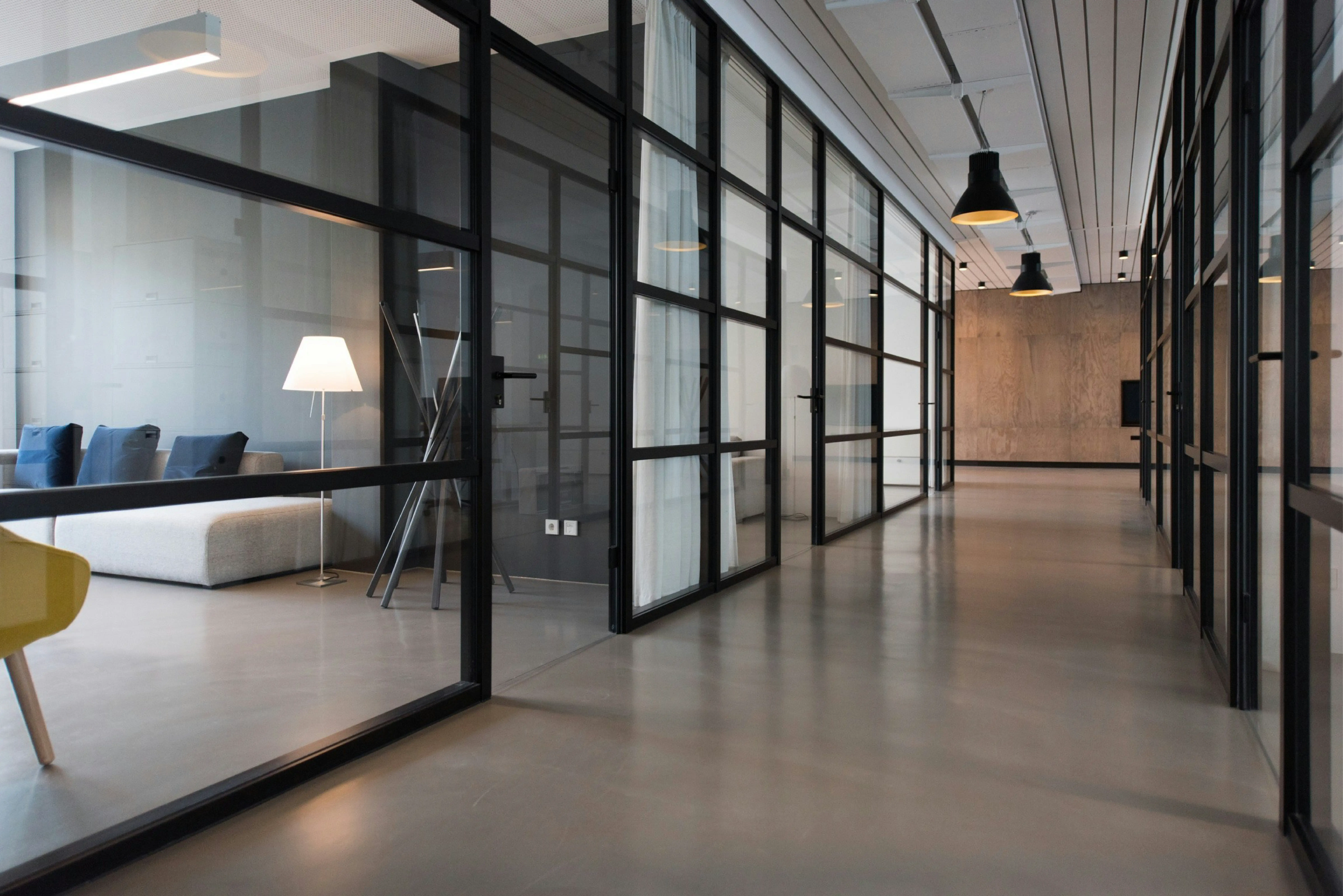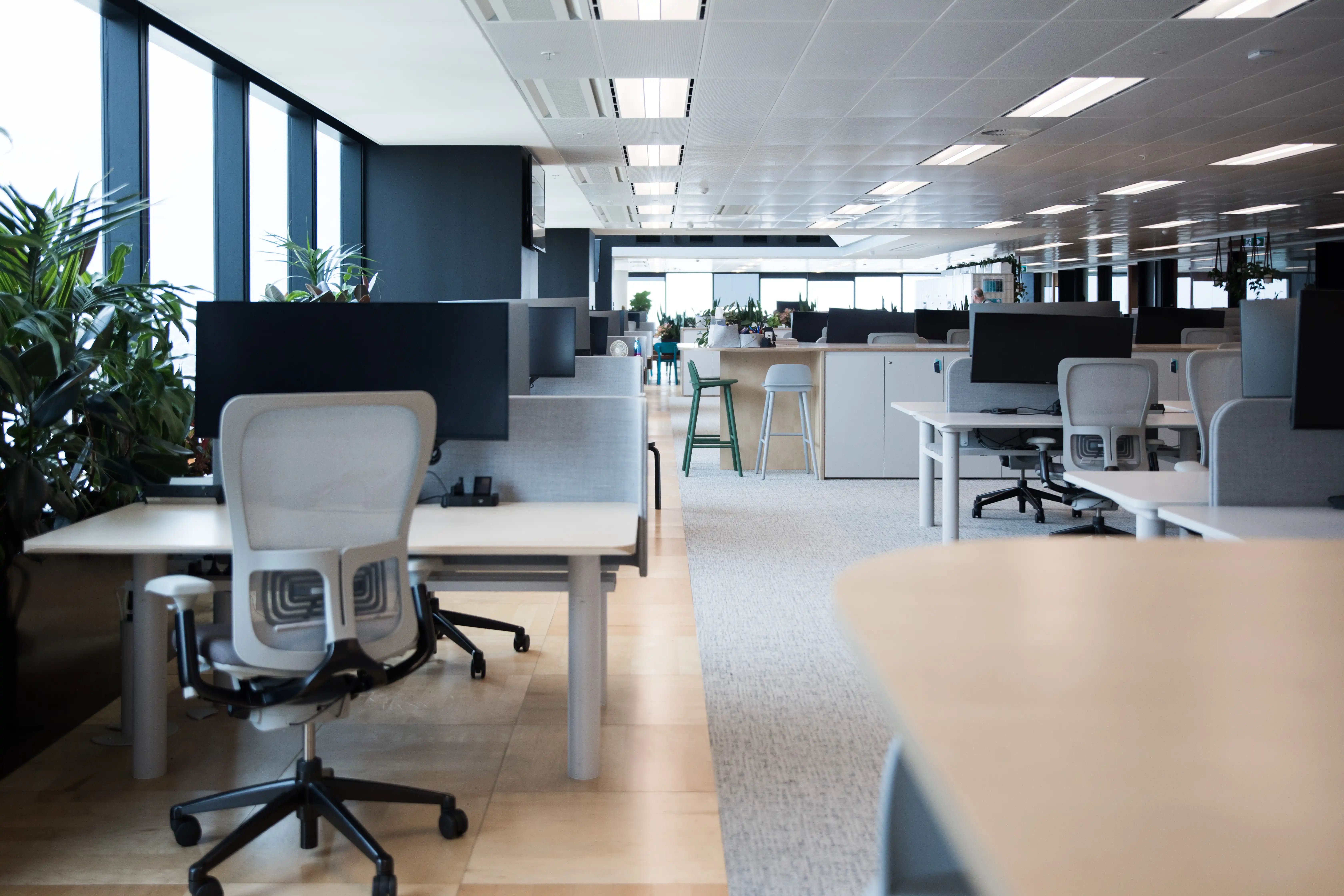In urban environments and emerging startups, office space can be at a premium. Small office spaces require smart planning and a strategic approach to furniture selection to ensure every square foot is utilized effectively. The challenge lies in balancing functionality, aesthetics, and comfort to create an environment that enhances productivity and well-being.
Space-Saving Furniture: Small Footprint, Big Impact
Choosing furniture that offers maximum functionality with a minimal footprint is crucial for small offices. Convertible desks that can fold away when not in use, or those with built-in storage solutions, help keep the space uncluttered. Wall-mounted shelves and vertical filing systems take advantage of vertical space, keeping essential documents and tools accessible without consuming valuable floor space.
Multifunctional Pieces: Versatility in Action
In a small office, every piece of furniture should serve multiple purposes if possible. Ottomans with storage, bookshelves with adjustable desks, and modular seating options can transform according to the needs of the day. Such multifunctional pieces not only save space but also offer the flexibility to adapt the office layout for different functions, whether it's a day of focused work or a collaborative meeting.

Ergonomics in Small Spaces: Don't Compromise on Comfort
Ergonomics is essential, especially in small spaces where the risk of clutter and discomfort is higher. Compact ergonomic chairs that support proper posture and small desks with adjustable heights ensure comfort without taking up too much room. Prioritizing ergonomics in small offices can prevent the discomfort that often leads to decreased productivity and satisfaction.
Practical Tips/Steps
Choosing the Right Layout
Plan the layout before purchasing furniture to ensure every item fits and serves a purpose. Use design tools or apps to visualize the space and experiment with different layouts to find the most efficient setup.
Light and Color: Creating a Bigger Illusion
Utilize light colors and mirrors to make the office appear larger and more open. Good lighting, both natural and artificial, is crucial in making small spaces feel welcoming and less cramped.
Conclusion
Small office spaces don't have to feel limiting. By choosing the right furniture and designing strategically, these spaces can be just as functional and appealing as their larger counterparts. Implementing smart furniture solutions can dramatically improve the usability and atmosphere of a small office, turning challenges into opportunities for creativity and efficiency.
